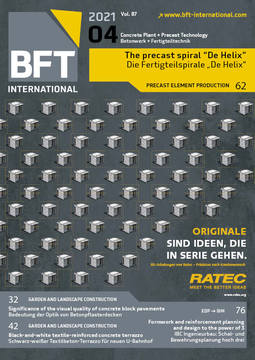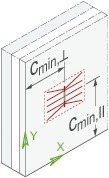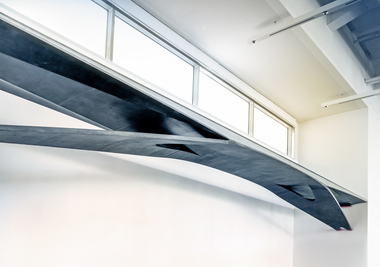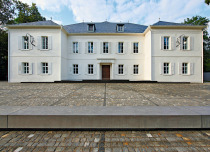Flat anchors for lightweight concrete sandwich elements
Classical systems for connecting, as a general rule, three-layer sandwich elements, such as flat anchors, sleeve anchors or SPAs, as well as plastic-based systems are approved without exception for use in normal-weight concrete. Philipp has now made it possible to use the currently most frequently applied flat-anchor system also in lightweight concrete.
Compared to a normal-weight concrete, there are several types of lightweight concrete: lightweight concrete with closed structure (LC), lightweight concrete with open structure (LAC) and lightweight aerated concrete. The focus of this new application is on lightweight concrete with closed structure which, compared to normal-weight concrete, is characterized by a better bond between cement paste and aggregate. But, as is generally known, the most important argument in favor of the use of lightweight concrete with dense structure is its low density and, accordingly, low weight. This is achieved by the addition of lightweight aggregate, regulated in DIN EN 13055, of low density, usually expanded clay, glass, slate or natural pumice.
New areas of application tapped
Sandwich elements made of lightweight concrete are frequently used in a wide range of supply stations, in housing construction as well as in public and commercial construction projects. For this reason, tapping new areas of application for time-tested sandwich connecting anchors – and supporting in this way the lightweight concrete construction method with a previously unique connection solution – was a logical step for Philipp. Owing to the thin, sheet-like shape and the ease of handling, the choice quickly fell on the flat-anchor system for use in lightweight concrete.
Since there are many different types of lightweight concrete, as described above, application was limited to lightweight concrete with dense structure (LC) of grades LC30/33-LC50/55 with density class D2,0. Furthermore, the content of light aggregate (here, expanded clay) was not to exceed 200 kg/m³ lightweight concrete to fully satisfy the specifications for approval. All known flat-anchor sizes and with the exception of connecting needles are intended for use in lightweight concrete, with design resistance against concrete break-out failure being partly staggered (see Approval, Annex 21 21).
The connections are designed as usual with the user-friendly Philipp SWA software, a new version (V3.31.06) of which is available for downloading. It shows once again that the development of embedded parts for precast concrete elements never stops and that there still is potential for improvement to details, even for products that have been successful for many years but never changed.






